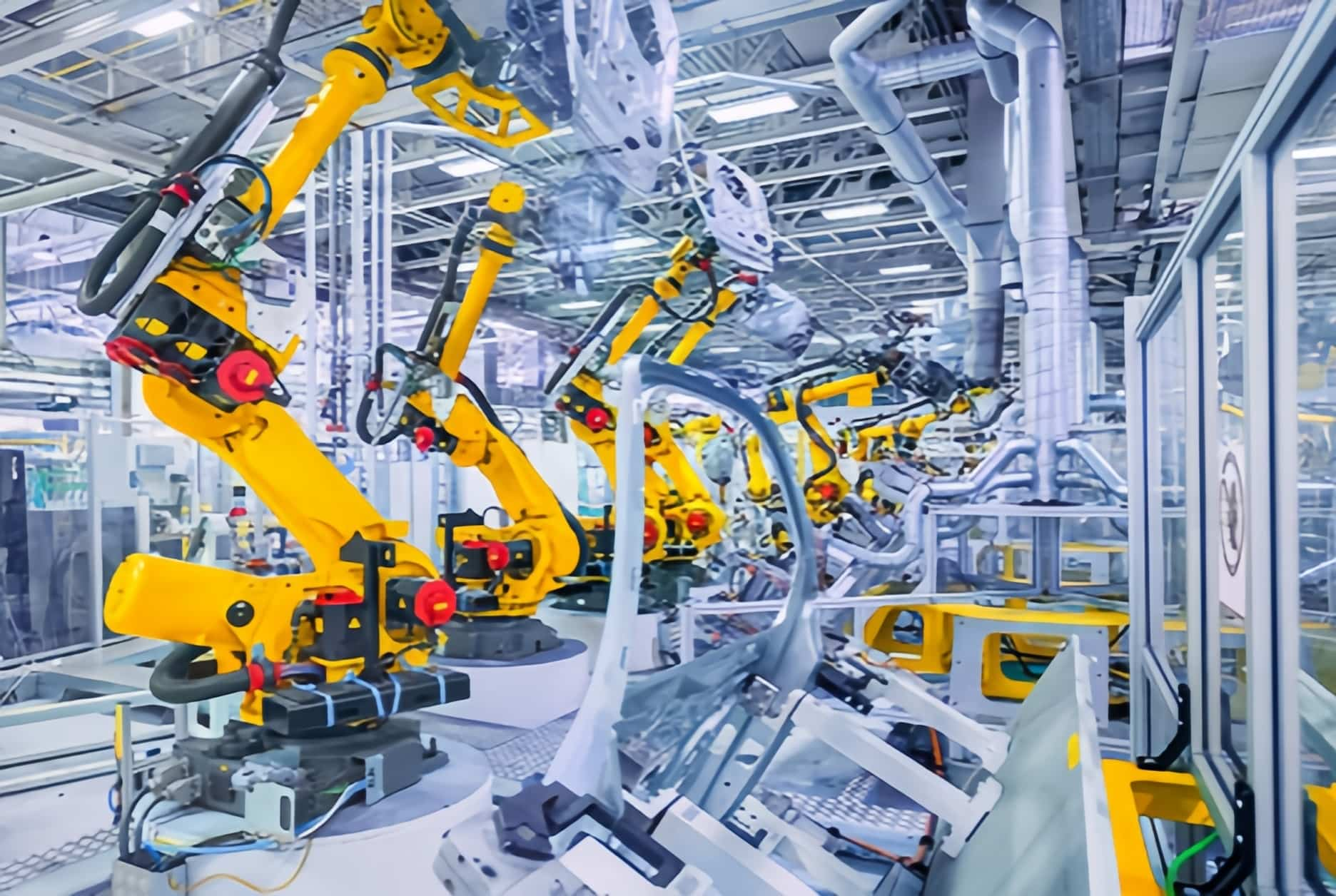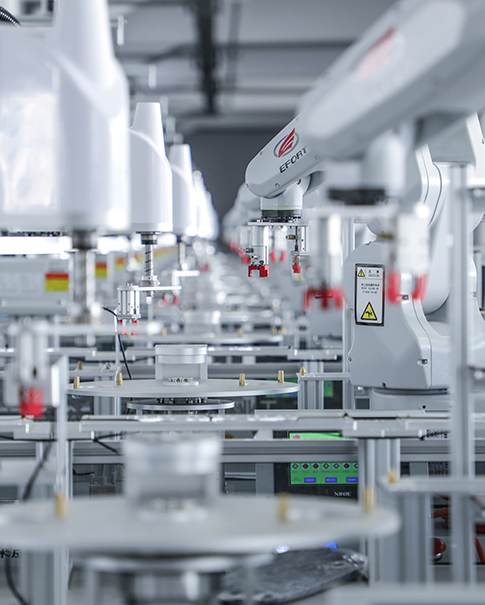Automation technology refers to the use of various control devices and systems to replace manual operations, achieving automatic control, regulation, and control objectives in production processes and management activities. It encompasses mechanical, electronic, computer, communication, and other fields, and is an important symbol of modern industrial civilization.

The Development History of Automation Technology
The development of automation technology can be divided into the following stages:Communication Technology: Communication technology is key to enabling data exchange and collaborative work between devices.
Medical Automation: Such as medical robots, automated testing equipment, and smart wearable devices.
Email us
Reply within one working dayVisit us
32D Guomao Building, No.388, Hubin South Road, Siming DistrictDisclaimer : Salesplc sells new and surplus products and develops channels for purchasing such products. This website has not been approved or recognized by any of the listed manufacturers or trademarks. Salesplc is not an authorized distributor, dealer, or representative of the products displayed on this website. All product names, trademarks, brands, and logos used on this website are the property of their respective owners. The description, explanation, or sale of products with these names, trademarks, brands, and logos is for identification purposes only and is not intended to indicate any association with or authorization from any rights holder.
Copyright @2024 SalesPlc Limited. Sitemap
/ Blog
/ XML
/ Terms And Conditions
/ Privacy Policy
 Network Supported
Network Supported
